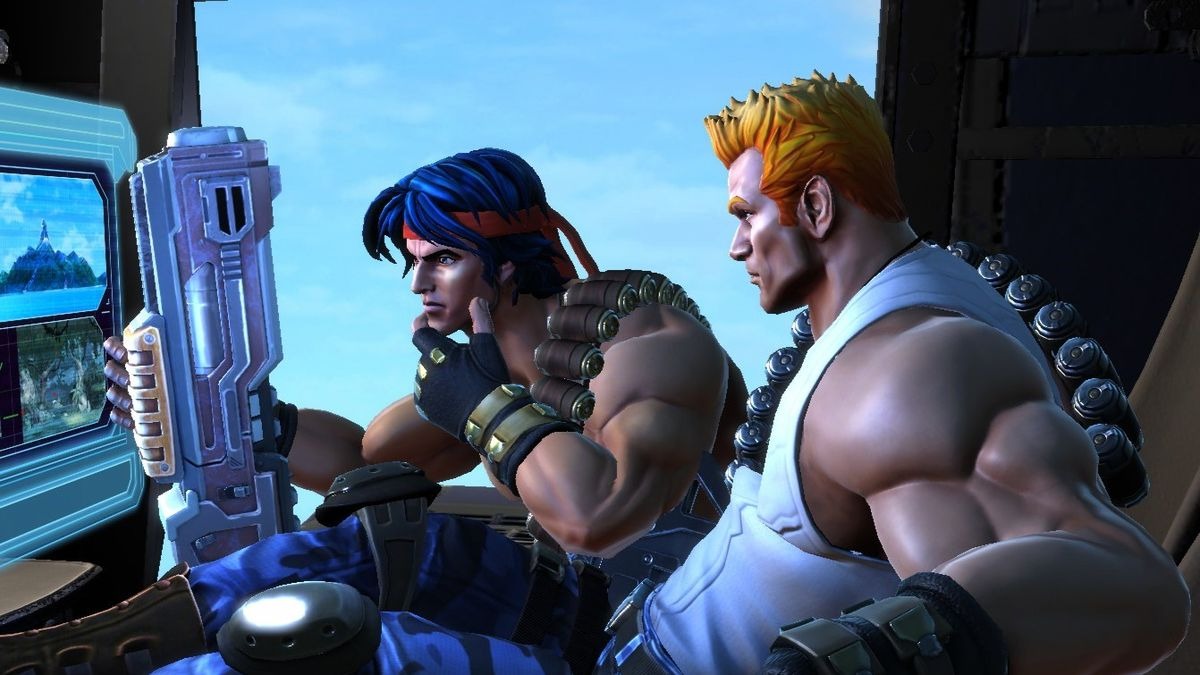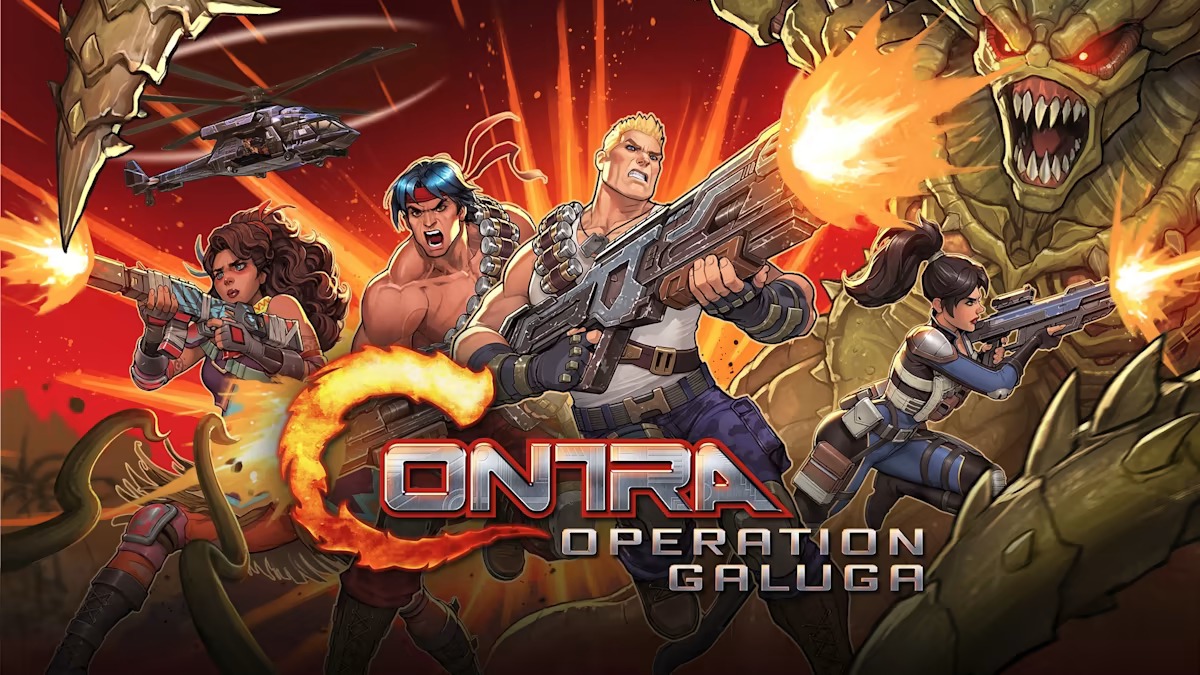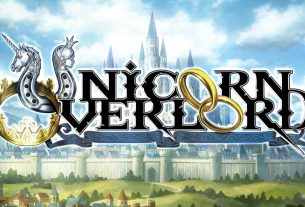Contra, which was once a successful franchise in the popular run-and-gun subgenre of action games, has experienced a sharp decline in recent decades. Konami’s (mostly) side-scrolling shooter franchise has often gone long distances without a release, and the games that have come out in recent years range from mediocre to downright bad. With Contra: Operation Galuga, Konami is relying on renowned retro developer WayForward, best known for his work on the Shantae series, to return the once-renamed series to its roots. Although it is far from being a one-on-one remake, Contra: Operation Galuga effectively captures the spirit of the original game and modernizes enough to create an exciting, albeit short, adventure.

The central ideas of the original Contra are incorporated into this Moderna reinterpretation. Fluid platforms, a solid 2D shooter and a wealth of power-ups are at your disposal as you embark on a hard-hitting campaign with eight missions. Turning on the spreader cannon is still extremely effective, but I loved shooting through hordes of enemies with objects such as flamethrowers, heat-seeking missiles and lasers. Operation Galuga raises the ante by allowing you to stack power-ups, which means that the upgrade will become stronger if you collect duplicate power-ups. In addition, you can sacrifice your existing weapon to release a powerful overload ability if you want to stand with your back to the wall or pick up a new buff. These ultimate abilities provide help in the form of additions such as drones, shields, and strike groups. I loved balancing the risk and reward of maximizing damage and effectiveness in difficult action scenarios.
WayForward proves to be extremely capable of delivering exceptional gameplay and solid level design within the limits of classic established Contra games. By using the original levels as a guide rather than slavishly sticking to their designs, WayForward competently injects great moments that after-80s technology could only dream of. Although the initial level and the ascent to a waterfall hold a special place in my heart out of nostalgia, the most fun for me was when WayForward added elements like a hoverbike to the base mission or added a train to the ice plane. Although there are only eight missions in the story mode, these different formats greatly contribute to diversifying the experience, as do the numerous unlockable characters, each of which has unique special abilities. However, I’m disappointed by the lack of 3D-style shooting range levels that were so iconic in the original NES game.

The types of enemies, bosses and additional areas to explore will fill the stages, and if you do not improve your skills, it will be an uphill action to overcome the story mode. While the term “Bullet Hell” had not yet been coined when Contra came to the NES in 1988, this term can be retroactively applied to certain sequences of this title. The same sections have been redesigned and easily get this designation in Operation Galuga. On several occasions, it took me several attempts to understand what I needed to do to impose a difficult situation, and even more so to carry out the plan. True to its original material, Operation Galuga is a difficult game.
Fortunately, you can adjust the difficulty level in several ways to make it more accessible. In both the story mode and the arcade, you can choose a difficulty level and decide if you prefer your character to operate with the one-hit finish style of the original game, or if you want to associate HP with everyone’s life. These updates dramatically improve the experience, but don’t expect these settings to make missions a walk in the park.
These settings also do not affect the aptly named challenge mode, in which you can achieve 30 small goals. You can try your hand at speedrun, survival, boss action, and weapon-specific challenges, but other than the first few attempts, I’ve never felt compelled to do it again. The arcade mode offers an experience similar to the story mode, but without the superfluous scenes and the limitations of the narrative characters. You can also play the arcade mode in four-player co-op mode instead of the two-player limit in the story.

All these activities will reward you with credits that you can use to buy advantages in the in-game store. These equipable power-ups offer upgrades such as extra HP, extra lives, new characters in arcade mode and even bonuses such as additional soundtracks and a fast-paced speedrun mode. Unfortunately, benefits are expensive and I got tired of farm loans long before I reached the amount I needed for the benefits I had in mind. Even entering the famous Konami code only adds an expensive and purchasable advantage in the store.
Although the stages are much longer than their original forms, sometimes with a time of about 15 minutes, playing in the story mode takes only a couple of hours. However, Con: Operation Galuga includes a lot of action in these hours. If you add the more flexible arcade mode and the difficult challenge mode, Operation Galuga is an admirably modernized reinterpretation of one of the most influential games of the after 80s.




